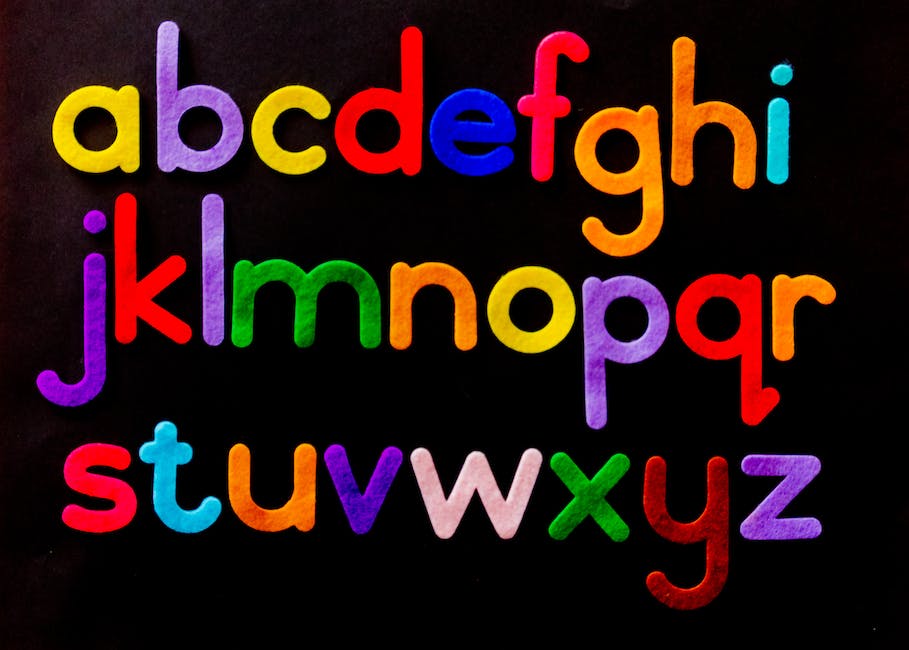Presenting a Logo to Clients: Best Practices

In the world of visual communication and branding, the presentation of a logo to a client is a crucial step that can make or break the deal. A logo is not just a graphical representation; it is the face of a company, something that directly impacts how a business is perceived. This task can be particularly challenging for freelancers who may not have the backing of a large team. However, with the right techniques in place, this process can be made much smoother. This article aims to equip you with the best practices for presenting a logo to clients and overcoming the challenges that come along the way.

Understanding the Importance of a Logo Presentation
A logo is a powerful tool in branding. It is often the first thing that a customer sees, and it plays a significant role in how they perceive the brand. Therefore, presenting a logo to a client is not just about showing a design; it’s about demonstrating your creativity and professionalism. A well-presented logo can greatly influence a client’s perspective and can set the foundation for a long-lasting professional relationship.
Preparing for the Presentation
Like any other professional endeavor, preparing for a logo presentation requires careful planning and strategic considerations. It’s important to understand the client’s business and target audience. What does the brand stand for? Who are they trying to reach? These insights can guide your design process. Additionally, staying on top of industry trends can help you create a logo that is modern and relevant. Remember, the final logo is not just a design; it’s a reflection of the brand’s identity. Therefore, it’s crucial to refine your design to the best possible version before the presentation.
Key Elements of a Successful Logo Presentation
What makes a logo presentation successful? There are several elements that, when combined, create a compelling and effective logo presentation. Each part plays a vital role in conveying the essence of the design and connecting it with the client’s brand identity.
Imagine you’re building a bridge. Every piece, from large supporting structures to small bolts, is important. Similarly, in a logo presentation, nothing should be left to chance. Each element needs to be carefully thought out and executed. But what are these elements? Let’s explore.
Clear Communication
First and foremost is the need for clear and concise communication. As a designer, it’s your job to explain your design choices and how they align with the client’s brand image.
Remember, your clients may not be design experts. Using complex design jargon can confuse them, making it harder for them to appreciate your work. So, use simple language and explain the reasoning behind your design decisions in a way that is easy to understand.
How does the chosen color palette reflect the brand’s personality? Why did you opt for a particular font? How does the logo design embody the brand’s mission and vision? These are all crucial points to cover in your presentation.
Visual Aids
Another crucial element is the use of visual aids. No, we’re not talking about fancy PowerPoint animations. We’re referring to mockups, sketches, or digital models that help clients visualize the logo in real-world applications.
For instance, showing how the logo looks on a billboard, business card, or a website can give clients a better understanding of its versatility and effectiveness. Visual aids add a layer of realism that clients can relate to, making your presentation more engaging and persuasive.
Handling Feedback
Lastly, but certainly not least, is the handling of feedback. As a designer, it’s crucial to be open to client feedback. After all, they know their brand better than anyone else.
Constructive criticism shouldn’t be viewed as a negative. Instead, see it as an opportunity to refine your design and make it even better. Show your clients that you value their input and are willing to make changes that align with their vision. This not only improves the final design but also builds trust and fosters a positive working relationship.
Incorporating Storytelling in Your Presentation
Have you ever noticed how stories can captivate us, making even complex ideas more digestible? The same principle applies to logo presentations.
Storytelling is a powerful tool that can instill an emotional connection and better explain the thought process behind your design. It’s not just about showing a pretty design; it’s about taking your clients on a journey, from the initial concept to the final product.
Explain the inspiration behind your design, the challenges you faced, and how you overcame them. Talk about the symbolism in the logo and how it represents the brand’s values. Make your presentation a narrative, and you’ll have your clients hooked from start to finish.
Client-centric Presentation Approach
Have you ever sat through a presentation that felt more like a sales pitch than a solution to your problem? That’s exactly what we want to avoid when presenting a logo design to a client. It’s crucial to make the presentation all about the client and their needs. But how exactly can you do this?
First, start by understanding the client’s business, their target audience, and their brand’s mission and values. The logo isn’t just a pretty picture; it’s a representation of the brand’s identity. So, every element of the design should align with the client’s brand.
Next, focus on how the logo can benefit the client’s business. How does it communicate the brand’s personality? How will it attract the target audience? This not only shows that you understand the client’s needs but also demonstrates the value of your design.
Lastly, be sure to empathize with the client’s objectives. Understand their goals and show them how your logo design can help them achieve these goals. This client-centric approach will make your presentation more impactful and persuasive.
Using Technology to Enhance Your Presentation
In today’s digital age, technology can play a significant role in enhancing your logo presentation. But with so many tools and platforms available, which ones should you use?
Digital portfolios are a great way to showcase your logo design. They allow clients to view the logo in high resolution and see it from different angles. Plus, you can include other design elements like color palettes, typography, and icons to give the client a more comprehensive view of the brand’s visual identity.
Slide presentations are another effective tool. They allow you to guide the client through your design process, explaining each step and decision along the way. You can include images, sketches, and notes to provide a visual representation of your thought process.
Lastly, video animations can add a dynamic element to your presentation. They can help clients visualize how the logo would look in various real-world applications, such as on a website, a billboard, or a business card. This can make your presentation more interactive and engaging, leaving a lasting impression on the client.

Common Mistakes to Avoid
One of the most crucial steps in delivering an effective logo presentation is being aware of the pitfalls that can undermine your efforts. By understanding these common mistakes, you can take precautionary steps to avoid them and make your presentation more impactful.
Getting Overly Technical
While explaining your design choices, it’s important to remember that not all clients will have a background in design. Therefore, getting overly technical with design jargon can confuse them, making your presentation less effective. Instead, try to simplify your explanations and relate them to how the design elements align with the client’s brand and objectives.
Not Being Prepared for Questions
Being unprepared for the questions your client may ask can make you seem unprofessional and undermine your credibility. Before the presentation, anticipate potential questions and prepare concise, clear answers. This preparedness will not only make you seem more professional but also help you build trust with your client.
Not Providing Context to Design Choices
When presenting a logo, it’s not enough to just showcase the final design. Clients often want to understand the thought process that led to the final design. Therefore, failing to provide context to your design choices can leave your clients feeling disconnected from the design. Make sure to clearly explain how each design element reflects the client’s brand identity and goals.
Finalizing the Presentation
The way you conclude your presentation can leave a lasting impression on your clients. Therefore, it’s important to end on a positive note and leave your clients feeling excited about their new logo.
Summarizing Key Points
Before closing your presentation, summarize the key points you’ve discussed. This recap can help reinforce your message and ensure that your clients have a clear understanding of the logo’s design and its alignment with their brand identity.
Extending the Conversation
Finally, remember that the presentation shouldn’t be the end of the conversation. Invite feedback from your clients and make them feel involved in the process. Additionally, suggest scheduling a follow-up meeting to discuss any potential revisions or to answer any further questions they might have.
Tips for Continuous Improvement
Improving your presentation skills is a continuous process. Here are a few tips that can help you enhance your skills over time.
Practicing Public Speaking
Public speaking can be daunting, but it’s a skill that can be improved with practice. Seek out opportunities to present in front of others, whether it’s in a small meeting or a larger event. Each experience will help you become more comfortable and confident in your speaking abilities.
Seeking Feedback
Don’t be afraid to ask for feedback on your presentations. Whether it’s from a colleague, a mentor, or the clients themselves, constructive criticism can provide valuable insights into areas where you can improve.
Staying Updated on Industry Trends
The design industry is always evolving, and staying updated on the latest trends can provide fresh inspiration for your presentations. Regularly reading design blogs, attending webinars, or participating in design forums can help you stay ahead of the curve and continuously improve your presentation skills.
Get Organized & Win More Clients
Kosmo has everything you need to run your freelancing business.